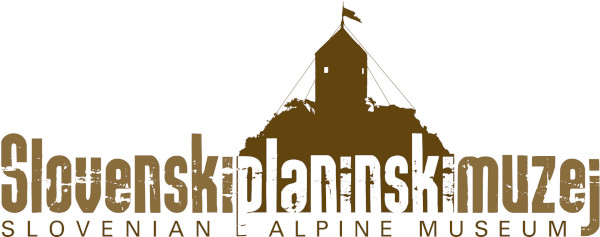Stopping Over at a Mountain Hut
Cheerful atmosphere is desired, but in no way shall it mean partying that could disturb other guests of the mountain hut. (Slovenian Mountaineers’ Code of Conduct)
How important are mountain huts for the tourism any hiker can judge for himself, in particular if he has been exhausted on the way by troubles such as fog, rain, storms, and the like. In good weather, a mountaineer will find rest and refreshments at the hut, if it is supplied with the basic foodstuffs. (Planinski vestnik, 1895)
Mountain huts offer simple accommodation, food, drink, mountaineering training, and shelter in case of an accident or bad weather. In a hut, one can obtain information about the condition of the trail and weather forecasts, and report an accident. Entering your name in the visitor’s book will help the rescuers determine your position in case of an accident. Dedicated to minimizing environmental impact, mountain huts offer no luxury and no five-course meals. Respect the house rules, avoid making unnecessary noise, and show consideration for other visitors.
The first mountain huts in Slovenia were built at the end of the 18th century and were primarily intended to accommodate explorers. In the second half of the 19th century, German and Austrian mountaineering clubs began putting up huts in the Slovenian mountains to strengthen the German rule and consolidate the Germanisation of Slovenia and its mountains rather than to offer shelter to mountaineers. Germans would give summits and huts German names, the hut wardens spoke German, and foreign tourists were given priority over Slovenian guests. Formation of the SPD, Slovensko planinsko društvo (Slovenian Mountaineering Society), only made matters worse as now Slovenes would also build mountain huts in an attempt to preserve the Slovenian appearance of Slovenian mountains. Every opening of a mountain hut was a celebration, a national demonstration in itself. After World War II, mountaineering embraced an idea to make mountains accessible to the widest number of people and, as a result, visitors to Slovenian mountains can find rest at over 170 mountain huts.





















